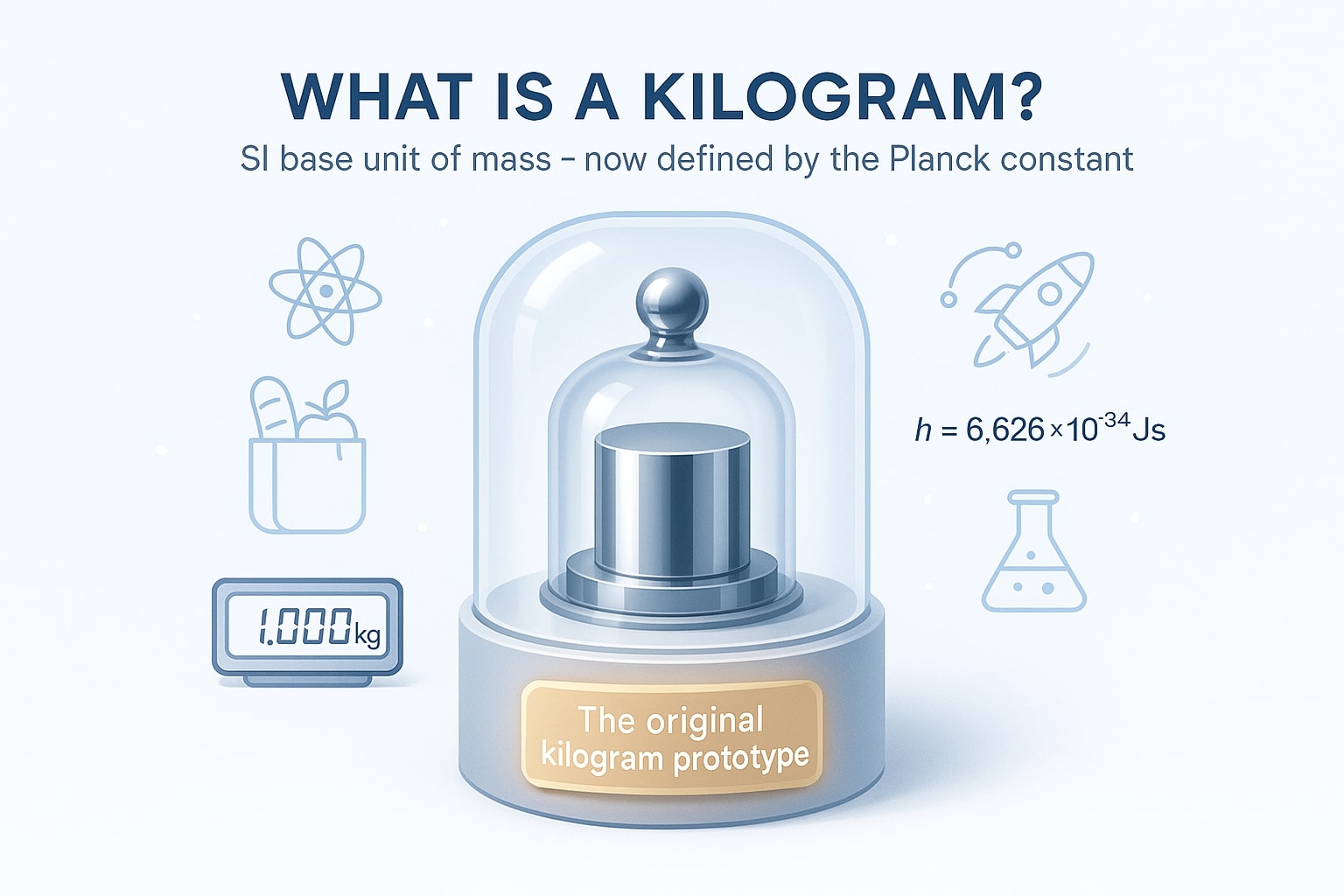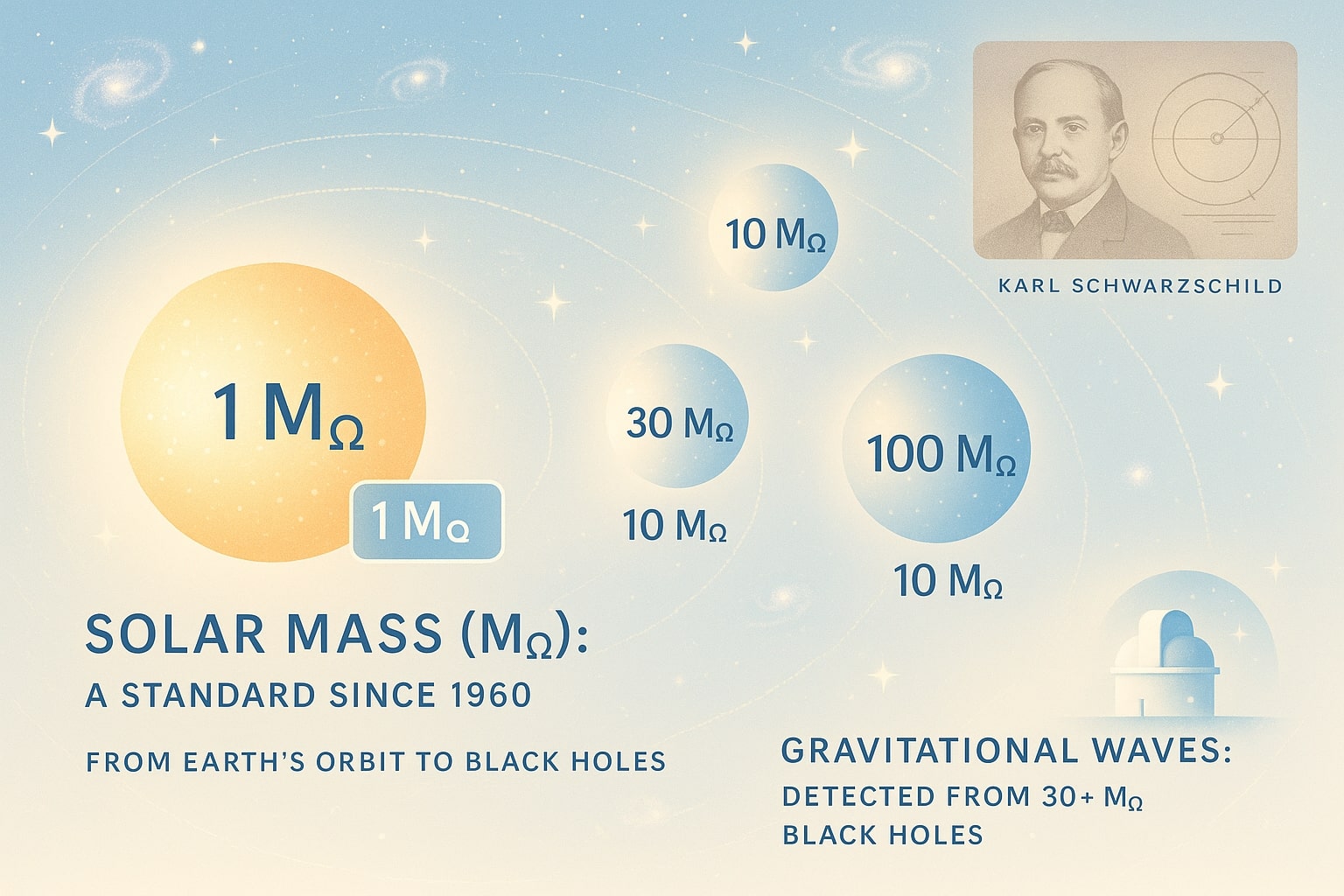kilograms to Solar mass – How to convert kg to Solar mass
Looking to understand how to convert kilograms to Solar mass? This article will guide you through everything you need to know about this fascinating astronomical conversion. Whether you’re a student, a space enthusiast, or working in astrophysics, knowing how to convert kg to Solar mass is essential for interpreting massive celestial scales.
What is a Kilogram?
The kilogram (kg) is the base unit of mass in the International System of Units (SI). It represents the mass of a specific platinum-iridium alloy cylinder stored in France, but since 2019, it's officially defined using the Planck constant. The kilogram is used globally for everything from weighing groceries to launching satellites.
-
Symbol: kg
-
Type: SI base unit of mass
-
Defined by: Planck constant (as of 2019)
You can also use our Weight Converter for standard mass units like grams, pounds, and tons.
What is a Solar Mass?
The Solar mass (M☉) is a unit of mass used in astronomy to express the mass of stars, galaxies, and black holes. It represents the approximate mass of our Sun.
-
Symbol: M☉
-
Type: Astronomical unit of mass
-
Value: 1 Solar mass ≈ 1.98847 × 10³⁰ kg
This massive unit simplifies how we talk about extremely heavy objects in the universe. Instead of saying a black hole weighs 4 × 10³⁶ kg, we can say it’s about 2 million Solar masses.
For reverse calculations, try our Grams to Solar Mass Converter.

Conversion Formula: Kilograms to Solar Mass
To convert kilograms to Solar mass, simply divide the mass in kilograms by the Solar mass value:
Solar mass (M☉) = Kilograms (kg)/(1.98847×1030)
Example:

Even a metric ton is practically weightless on the cosmic scale! If you need help with different units, try our Unit Converter Tool.
Did you know?
-
Kilograms are so precise today that their definition is based on quantum physics—specifically, the Planck constant. Scientists use the Kibble balance to realize the kilogram without relying on a physical object. (Explore it using our Grams to Planck Mass Converter – coming soon.)
-
Solar mass is often used to describe supermassive black holes. For example, the black hole at the center of the Milky Way, Sagittarius A*, weighs around 4 million Solar masses.
-
In the movie Interstellar, the fictional black hole Gargantua was based on a black hole weighing about 100 million Solar masses, with its gravitational lensing simulated using real physics and consulting Nobel laureate Kip Thorne.
-
NASA's James Webb Space Telescope uses the Solar mass to estimate the age and evolution of early galaxies. Galaxies observed as they appeared over 13 billion years ago are analyzed by estimating their total mass in Solar masses.
When the Sun Defined the Scale of the Universe
The story of Solar mass begins in the 19th century, when scientists sought a way to measure the Sun’s mass with precision. In 1895, German astronomer Karl Schwarzschild published one of the earliest estimates of solar mass using Newton’s gravitational laws and the orbit of Earth. Over time, with the rise of spectroscopy and stellar dynamics, the Solar mass became a standard in the field.
Later, in 1960, the International Astronomical Union (IAU) formally defined Solar mass as a standard unit, helping researchers easily compare stars and galaxies. This breakthrough allowed astronomers to classify stars as massive as 50–100 M☉ and study celestial evolution across billions of years.
More recently, projects like LIGO (Laser Interferometer Gravitational-Wave Observatory) detect black hole collisions involving objects 30+ Solar masses—an event that once sounded like pure science fiction.

Conclusion
Whether you're studying the universe or just fascinated by the scale of things beyond Earth, converting kilograms to Solar mass gives a deeper appreciation of cosmic proportions. While 1 kg might be a lot for us, it’s nearly nothing in the face of the stars. Thanks to scientific advancements, we can now measure and compare even the most massive celestial bodies with remarkable accuracy.
So next time you think a ton is heavy—imagine the Sun. It weighs almost 2 × 10³⁰ kilograms, and we’ve only just begun to explore beyond it.
For more conversions, visit our Weight Conversion Tools.

